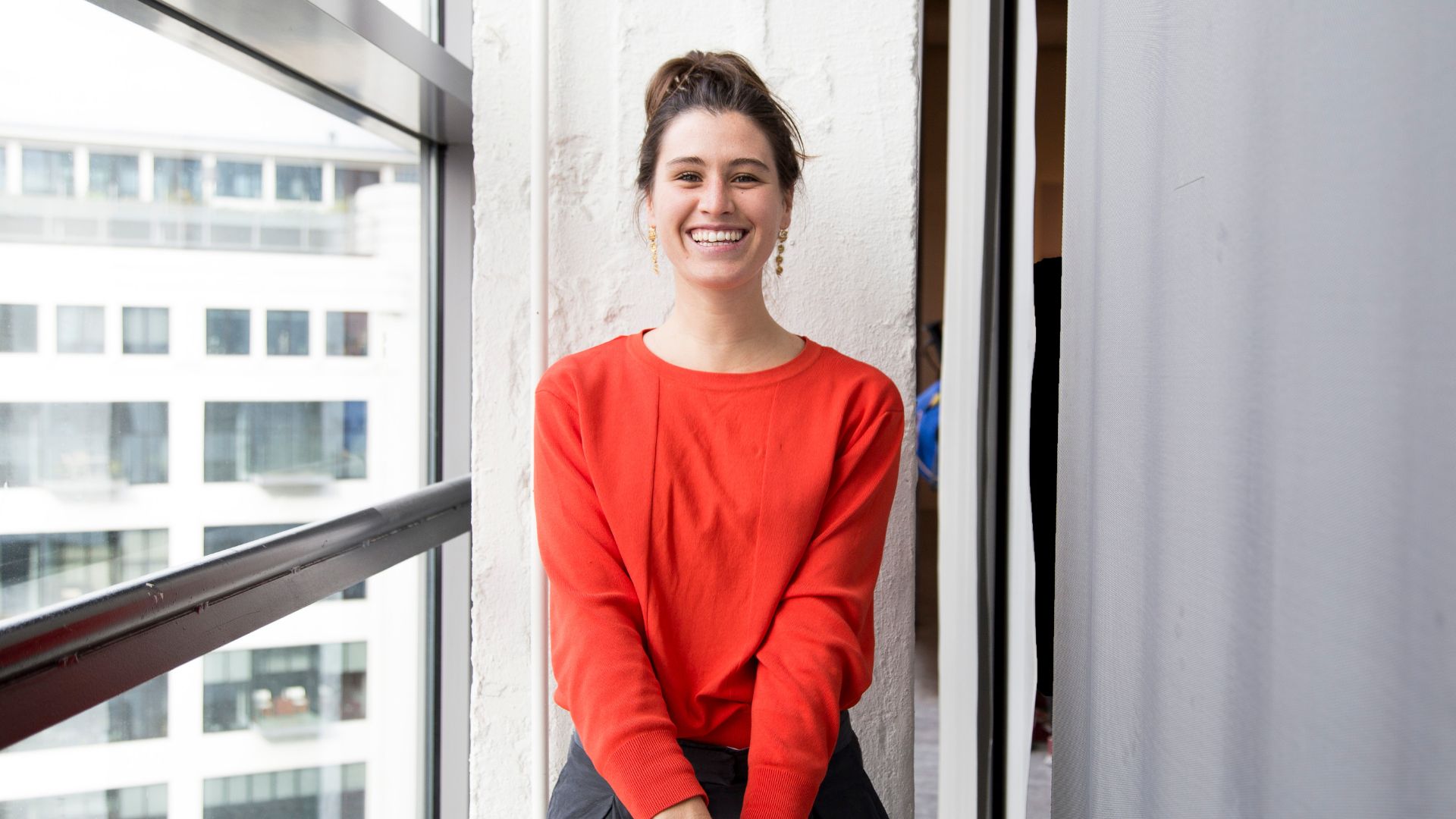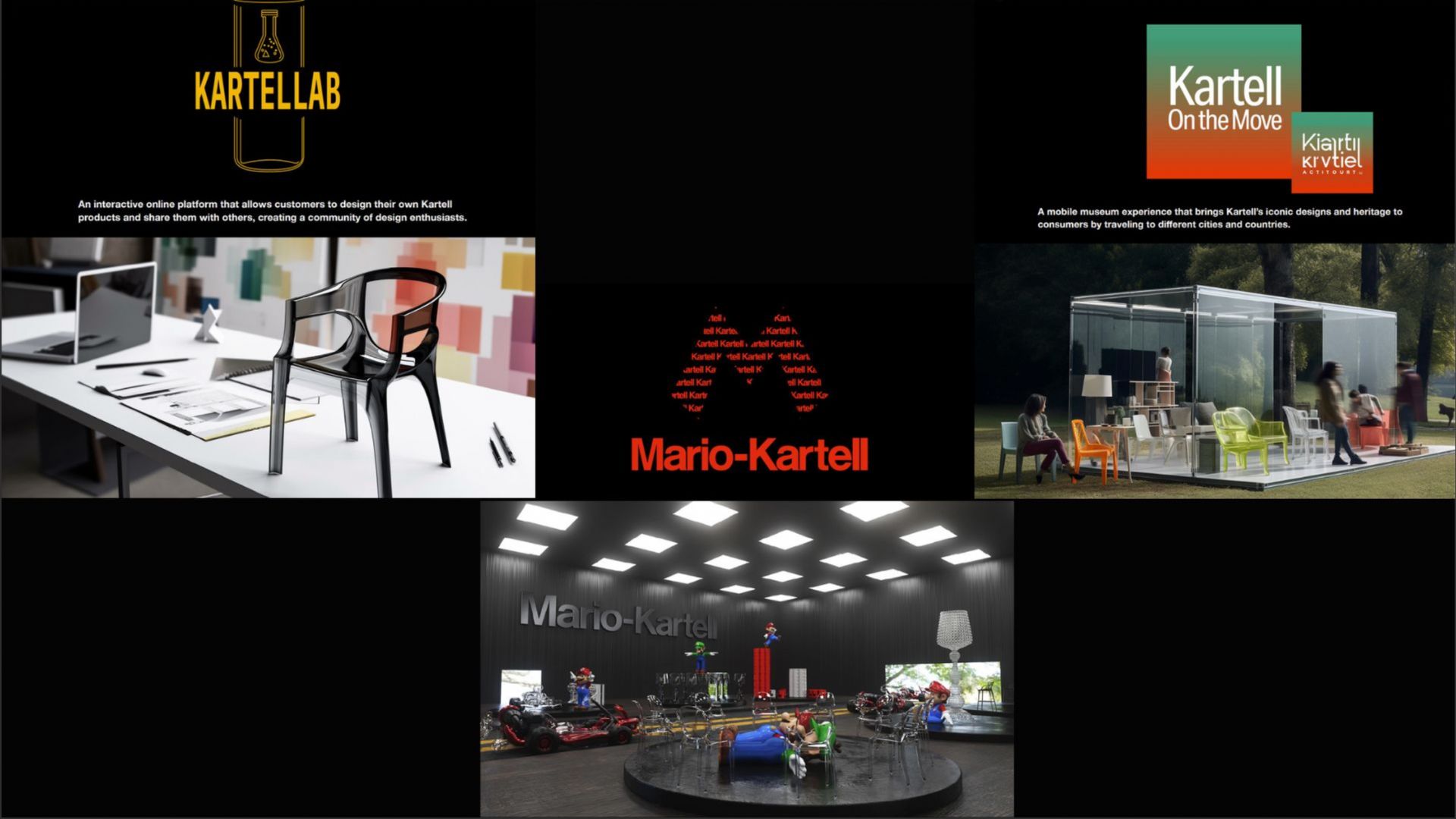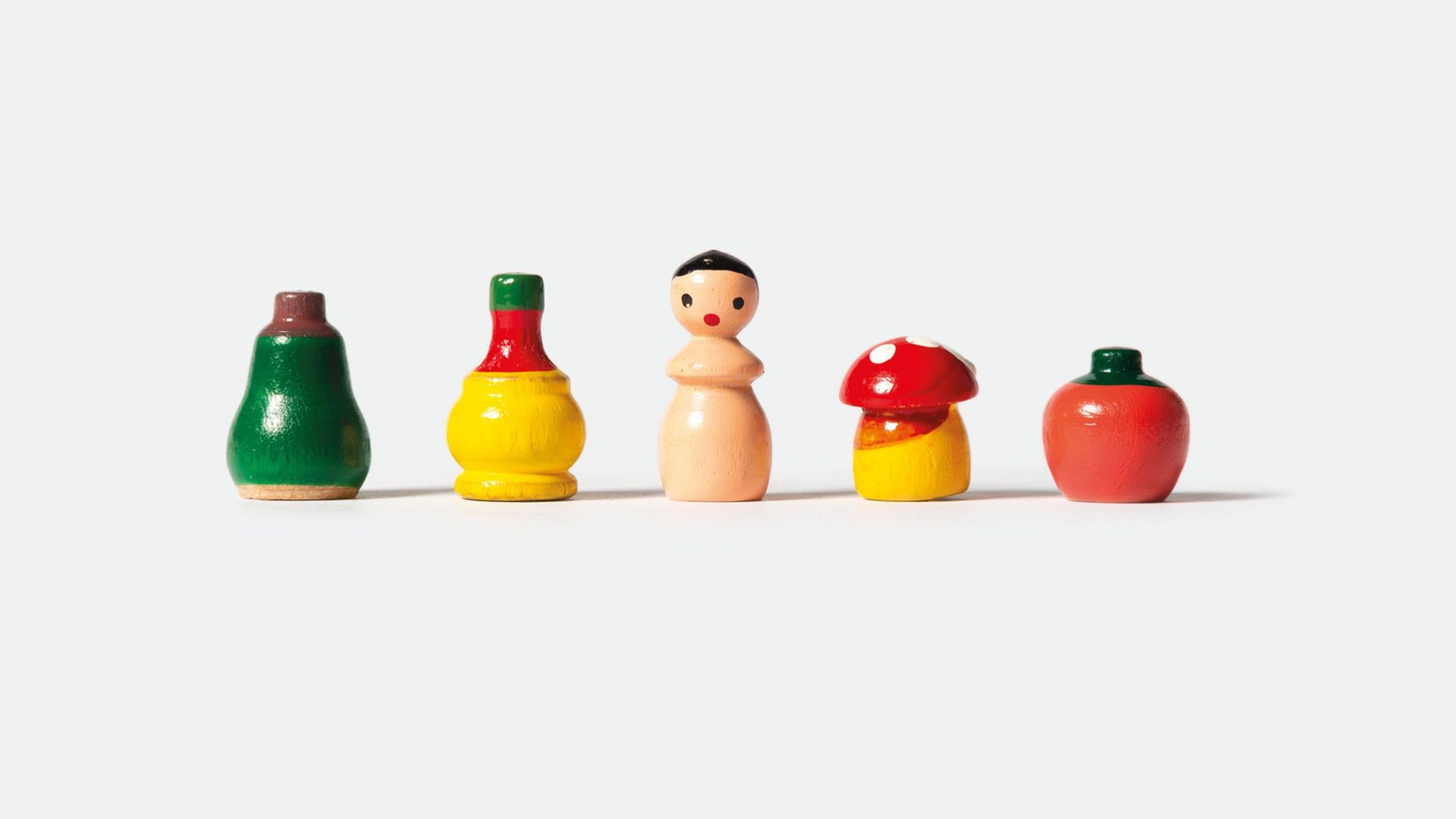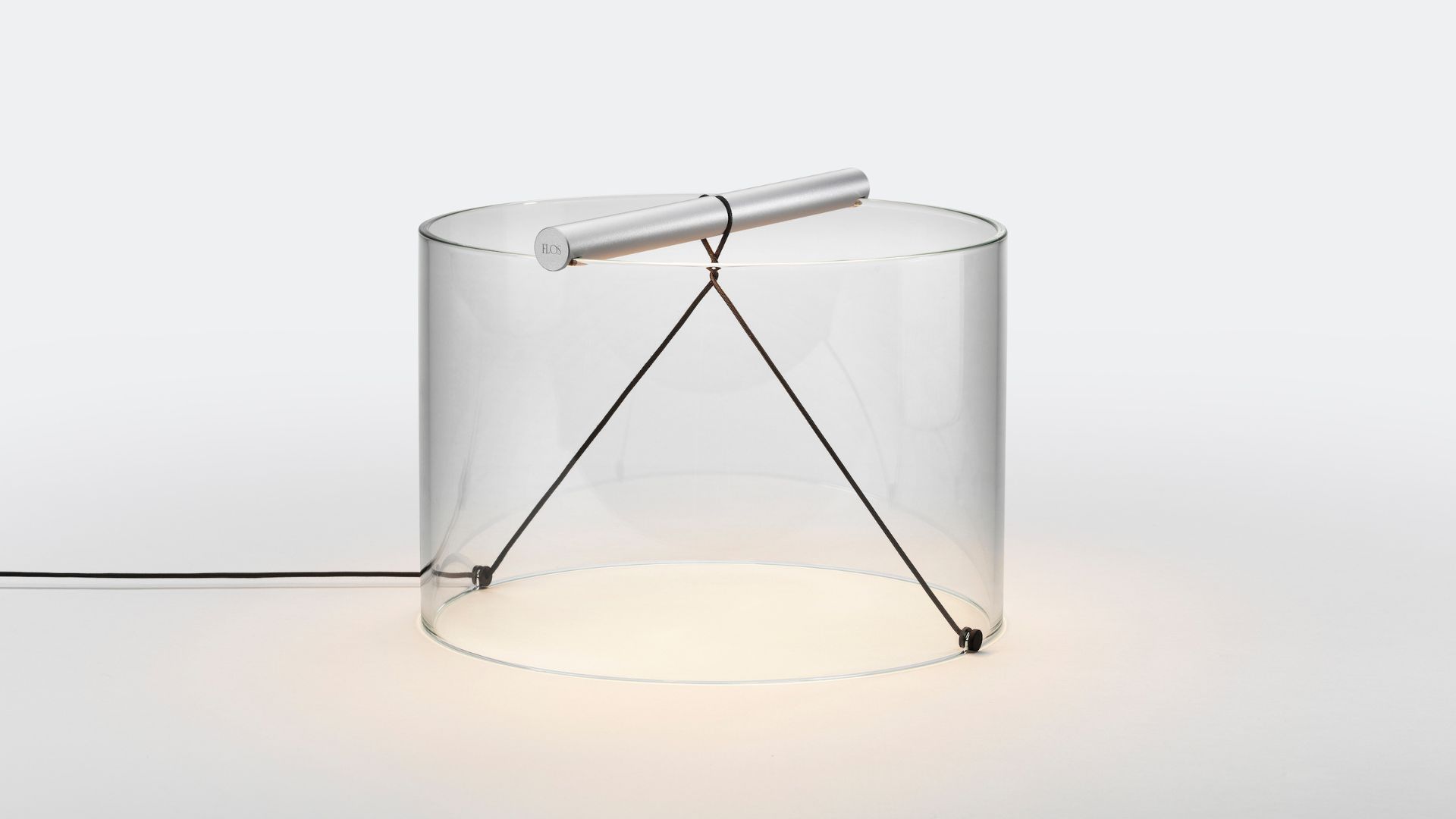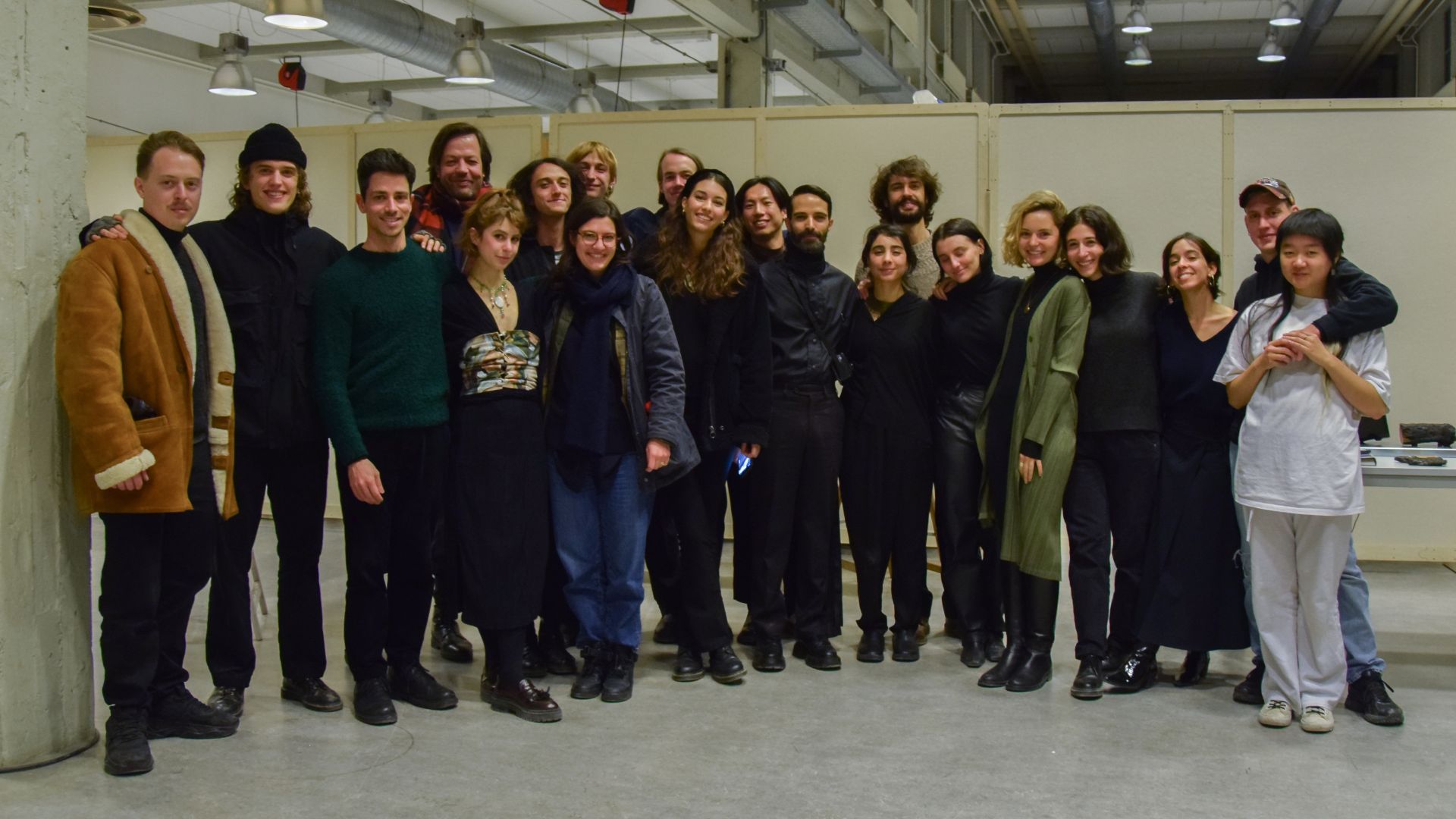Listening, talking little, understanding: how to bring home the perfect brief

Designers are full of opinions and that’s normally a good thing. Being a designer and having no personal standing on important issues would make us a scam, and would produce miserable results.
Sometimes, however, opinions are a problem rather than a help, and it’s good to leave them at home, or in your studio.
This is particularly true in the preliminary phase of a project, when designers get to engage with most of the people who will be key during its development. Like the client, of course, but also the technicians, the workers, the users…
This is the time in which designers need to figure out the context in which they will have to create, solve problems, use tools: the way this first phase is handled will have a great impact on the success of the outcome.
At this stage every opinion is like a shield carried in peacetime.
It slows us down, it makes us seem wary or aggressive, it limits our ability to listen. A useless and harmful weight, which however often charms us: we cannot get rid of the idea that we will make a good impression by having something to say right away.
The problem, though, is that all we will have to say before having properly listened, is often a preconceived idea.
It may well be based on great competences but it will not be contextualized for that precise situation. Or precise enough for it. The chances that it will turn out sounding arrogant are high. Definitely not good news.
It would be wonderful if we could keep in mind the wise advice that Italian journalist and writer Luca Goldoni once gave: “freedom of speech is fortunately a possibility, not an obligation”. The same should be said about the freedom of opinions.
It is actually wonderful to be able to say that we don’t yet have one on a certain topic, and that we have come along to see, understand, listen, ask questions.
So that afterwards we can figure out, calmly, what we really feel and think and then develop a deep and really useful opinion that we can turn as a useful tool for the design work.
But how do you become a better listener?
- Prepare yourself
Study the topic by circling around it, approaching slowly and from far away rather than in a direct way.
This means understanding the company’s history, the materials it uses, getting to know the family that owns it or the corporate events that have affected it, visiting (even if just virtually) the area where it operates.
Knowing the name of the founder and the year of its foundation, having an idea of the international socio-political scenario that influences the choices for the company’s future.
Everything that revolves around the central point of a project serves to start good conversations and ask good questions.
The least interesting thing, at the beginning of a project, is to focus only and exactly on the precise topic of the project.
There will be time for that later.
- Consider everyone a key source of information
Remember that every person we meet has important things to teach us.
The CEO has some, but so do marketeers, devoted secretaries, and workers with no academic qualifications but eyes, ears and hands on what they do every day. Each of them can help us, we must listen to all of them and ask questions whenever we get the chance.
- Listen to people: but for real
While someone is speaking to us, we can try not to prepare our answer, but listen in a deep and concentrated way. This is very difficult to do: we are all used to avoid silence, but a real converation also thrives on empty spaces, where we process what we have heard before moving on to the next question.
- Simply ask
We can ask everything, in the right time and manner.
It is important to do so, so as not to leave any doubt unresolved and not to make the mistake of taking relevant information for granted.
Those who receive a question are usually happy to answer it: we use this mechanism to enrich our knowledge.
[ Read also Designing around bulky patents (without breaking the law) ]
- Being curious
You can even get to ask things that have no direct bearing on a possible project. Unexpected questions often open up avenues that would otherwise have remained hidden. In the worst case you always learn something anyway.
- Take notes
Do not rely on memory, which is always deceiving. “Excuse me a moment, I will finish taking this note and then ask you something else” is a beautiful phrase.
- Thank everyone
Those who have provided us with information have enriched us, whatever happens to the project.
Remembering to thank right away, and perhaps sending a message afterwards, is a good way to create a channel of communication that is not only functional but also empathic, and that will allow for more information in the future, and in the best cases new friendships.
- Re-sharing
After gathering all the information, talking to many people, asking questions and listening to answers, it is time to put down on paper what we have understood.
This is the time where starting to have opinions and stating them is a good thing.
More than that, it is good to share the summary of what we have understood with our interlocutors.
Hardly ever does a project brief come in a finished form from a client: much more often it is the result of the designer’s interpretation, but this must be shared to avoid the risk of misunderstandings.
In the brief, the ability to listen becomes an activator of dialogue, and a tool for project improvement.
- Bite your tongue
Do this every time you are tempted to start a sentence with words like “no, …”, “yes but, …”, “I know that, …” and the like. “I understand” can be a good alternative. Then, back at the base, one can check what one has understood, and possibly bring up objections later.




